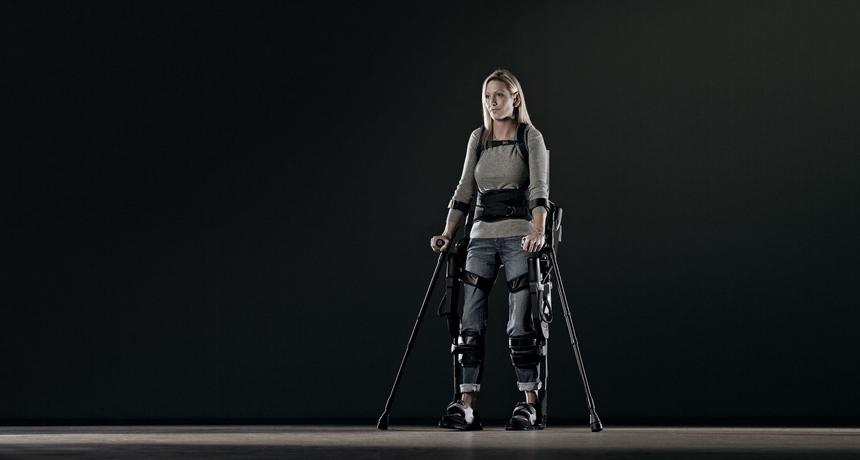Another look at paralysis
Robotic suits help the paralyzed move, but behavior changes may prevent injury

Paralyzed individuals are learning to walk again with the help of exoskeletons, such as the one shown.
Ekso Bionics/FLICKR
Robotic suits help the paralyzed move, but behavior changes may prevent injury

Paralyzed individuals are learning to walk again with the help of exoskeletons, such as the one shown.
Ekso Bionics/FLICKR